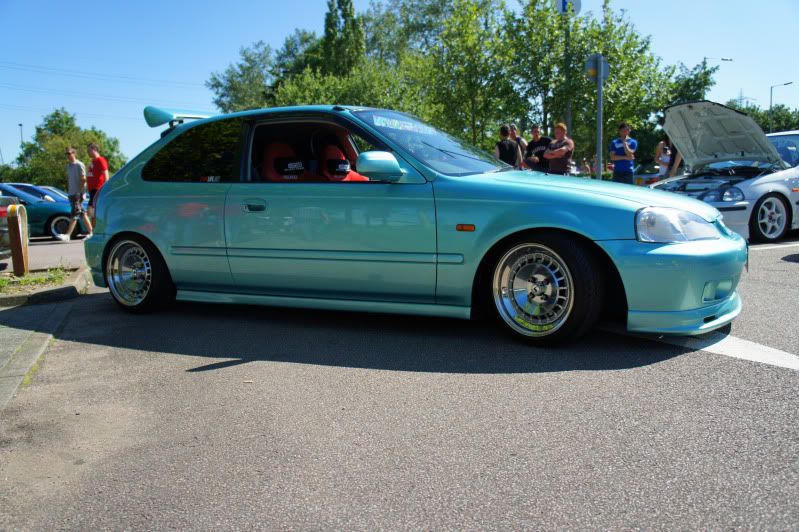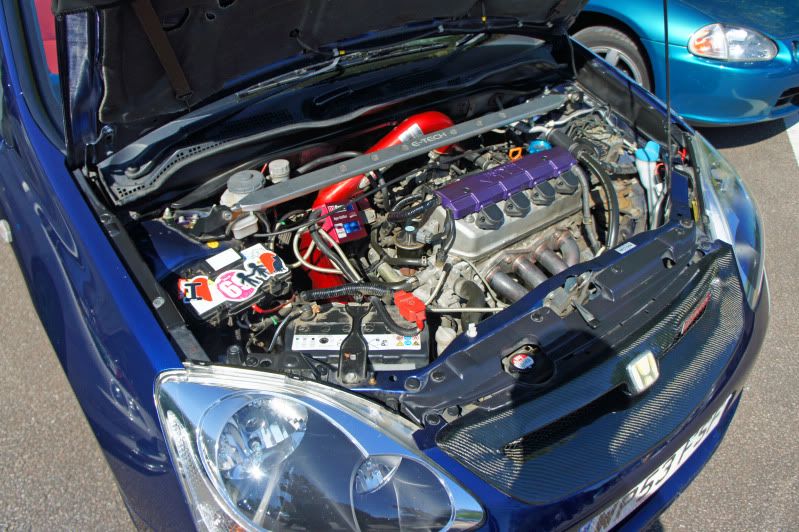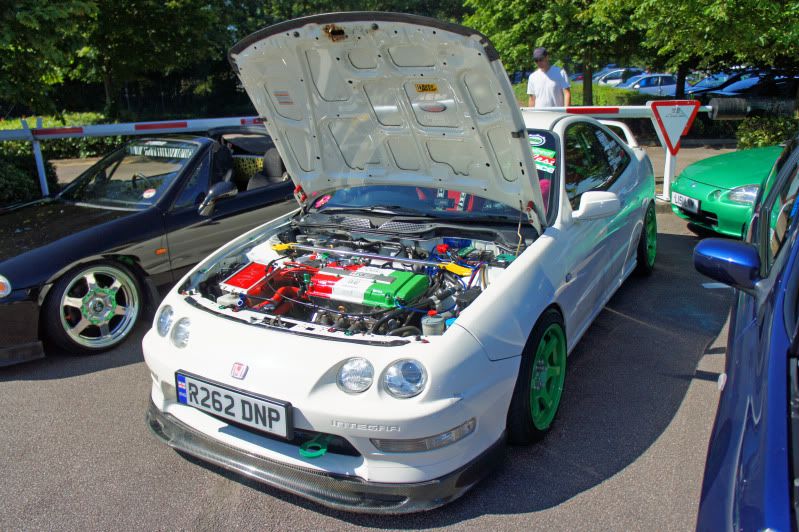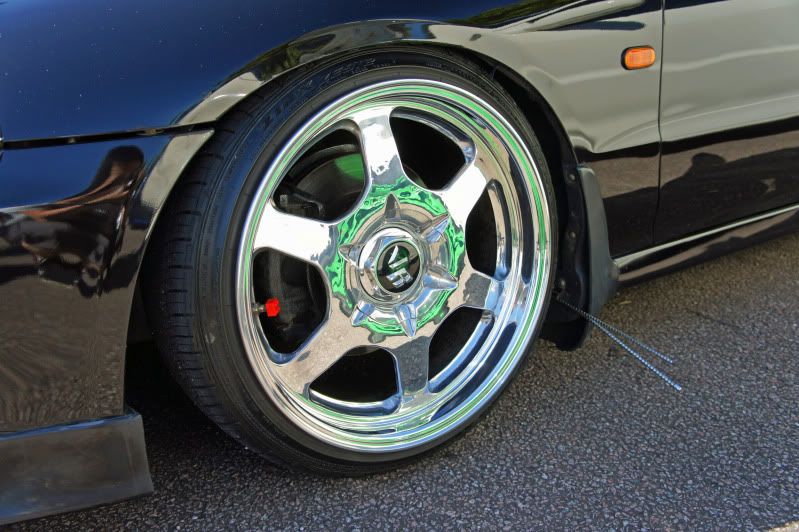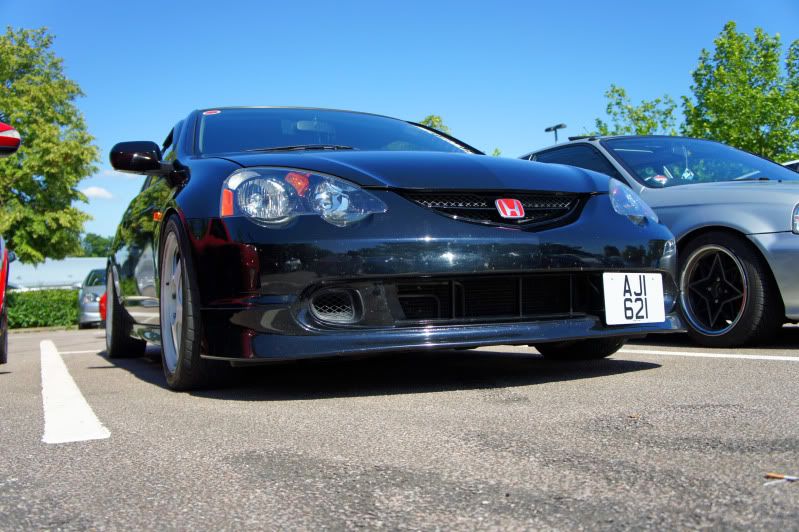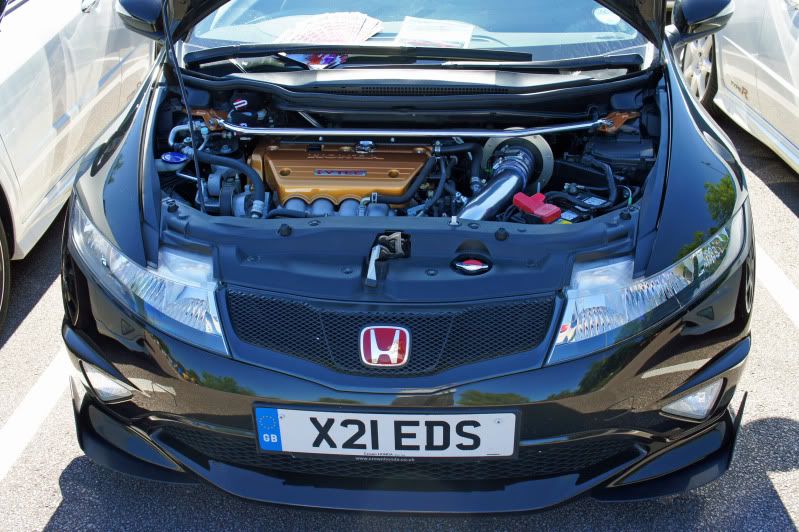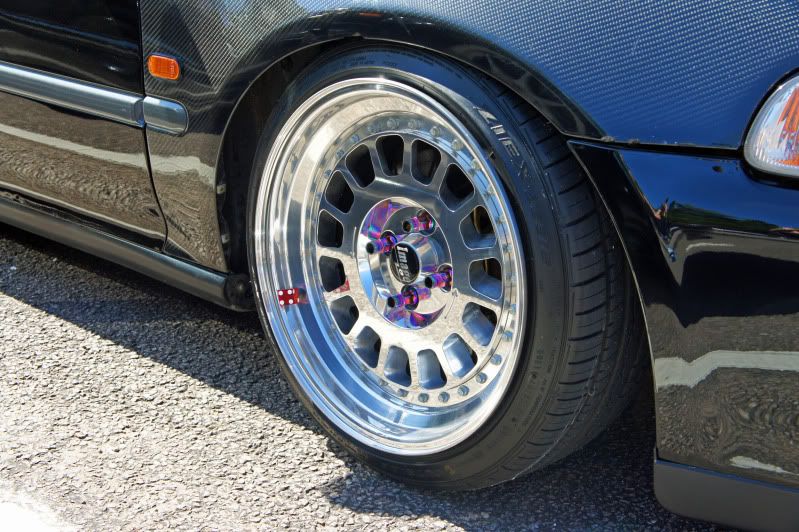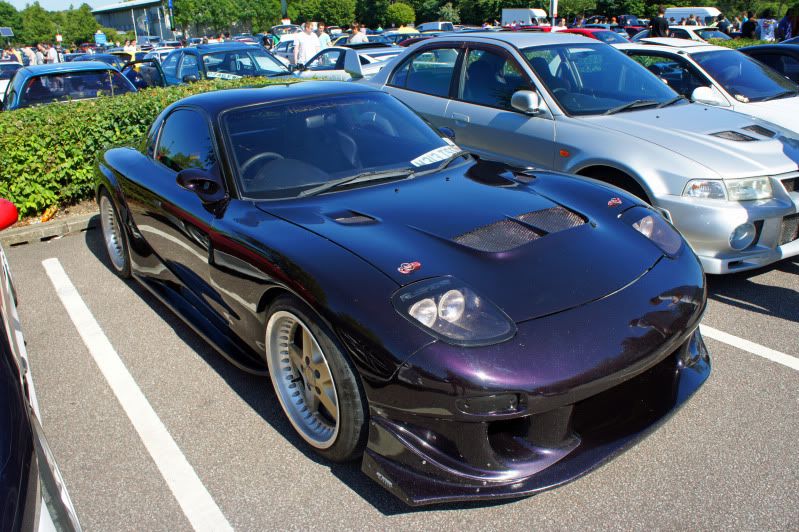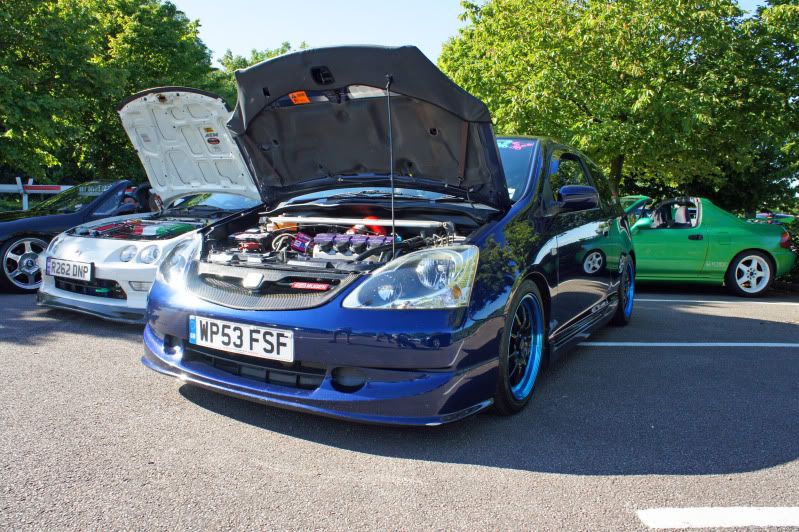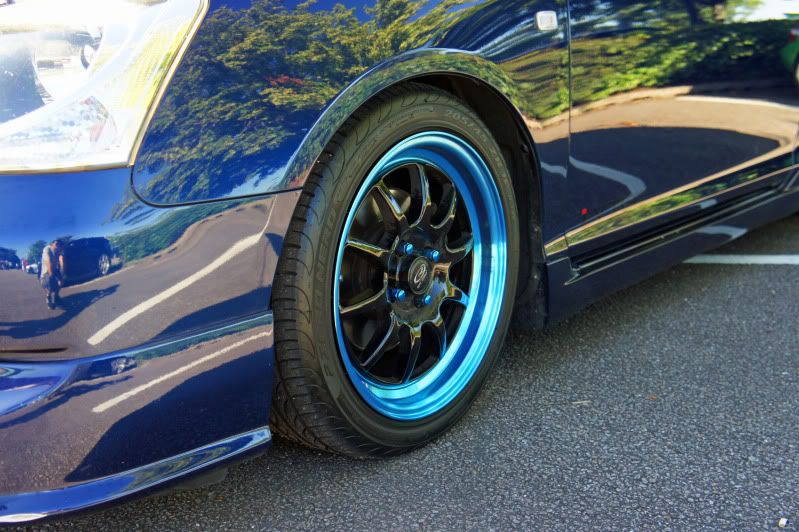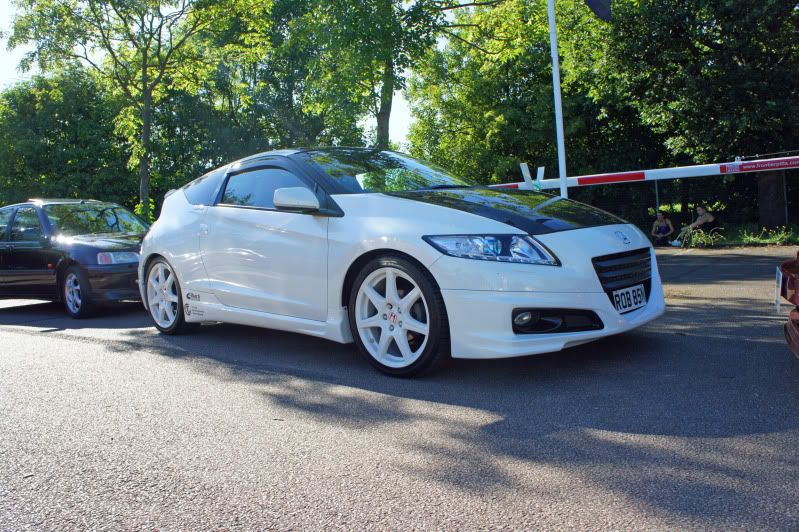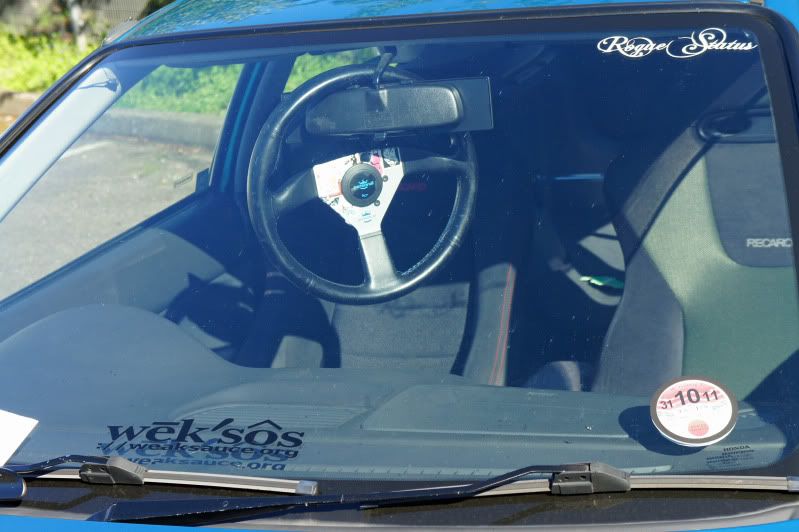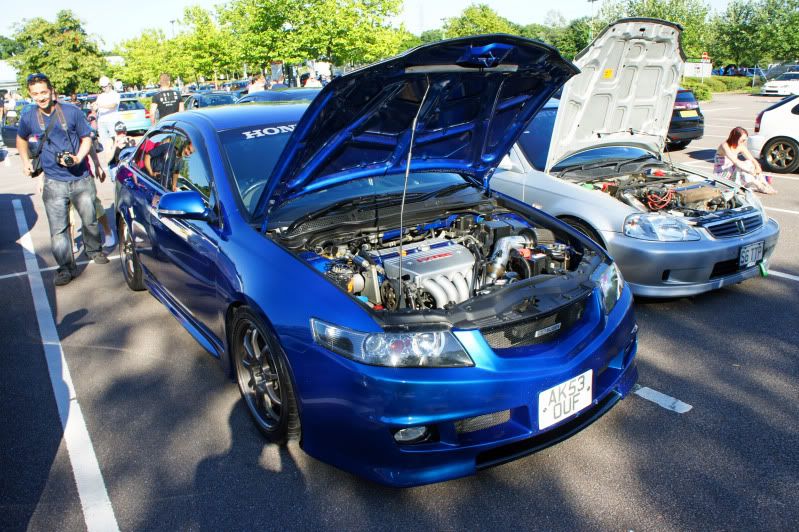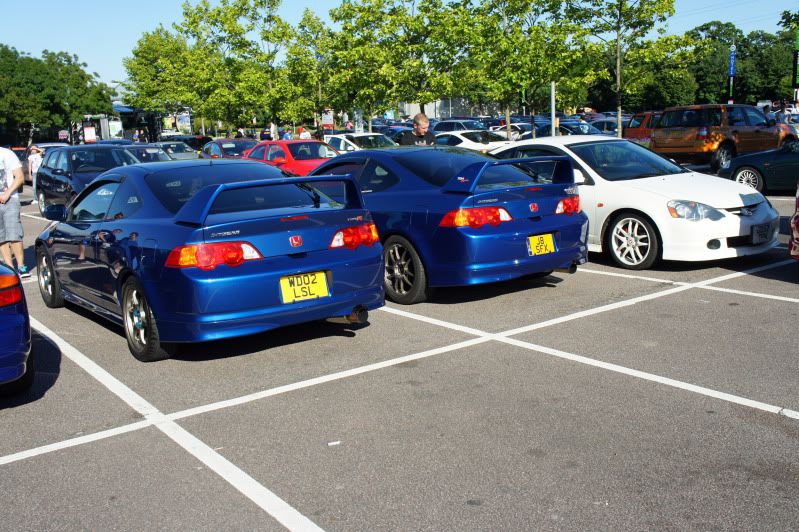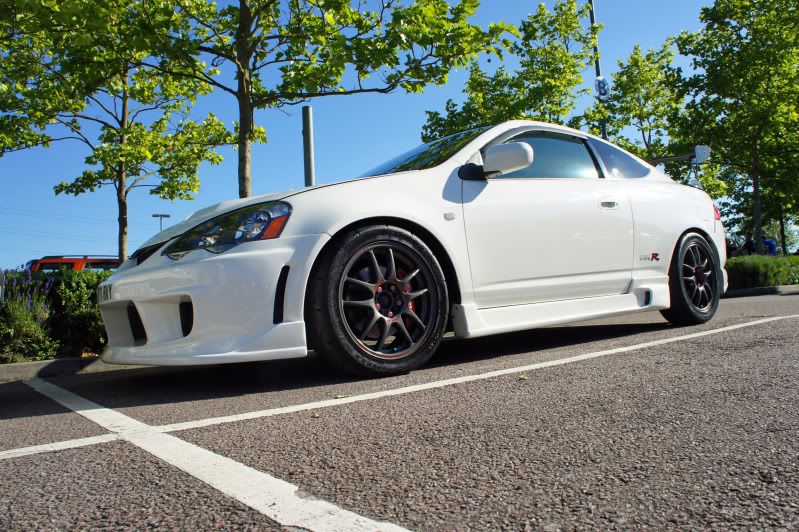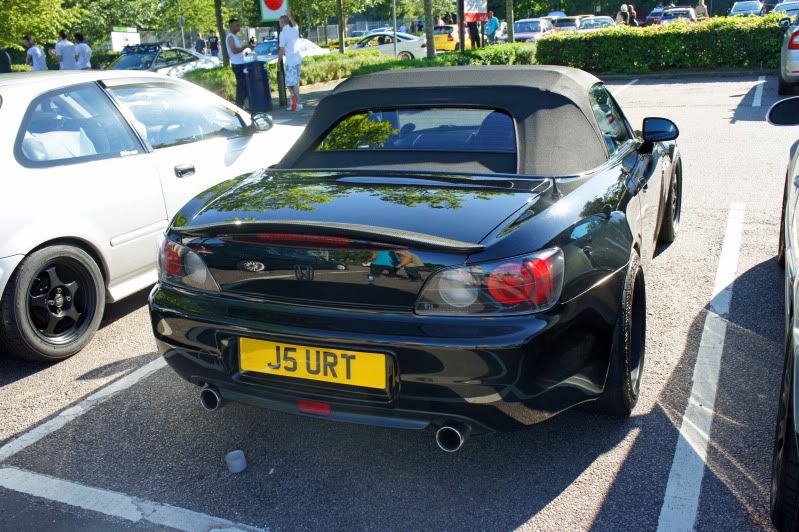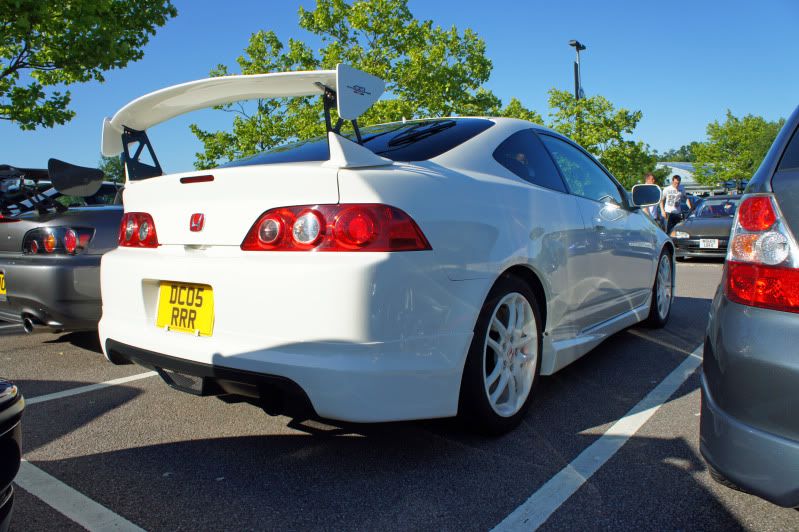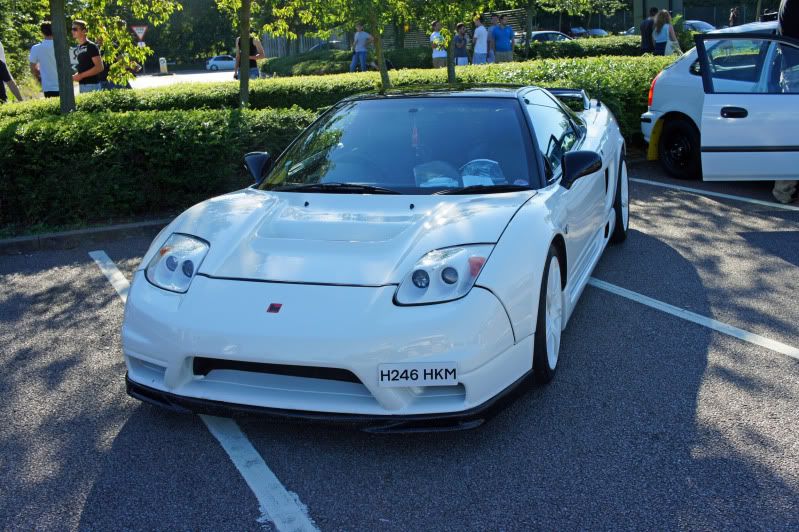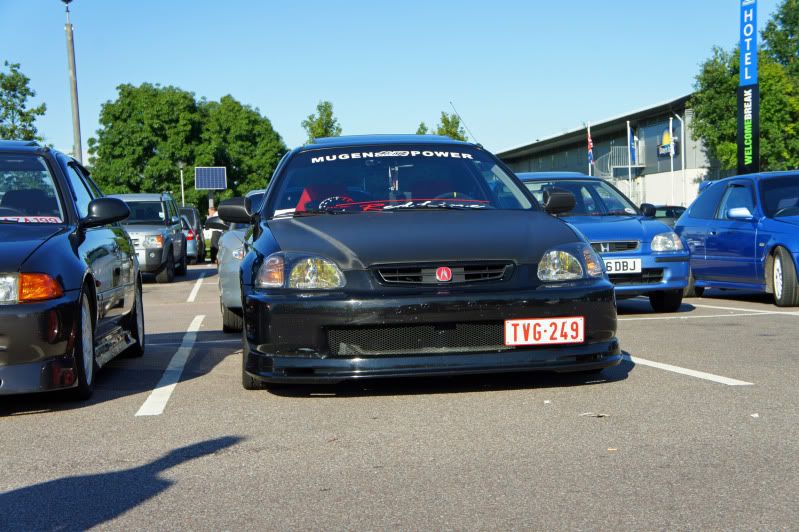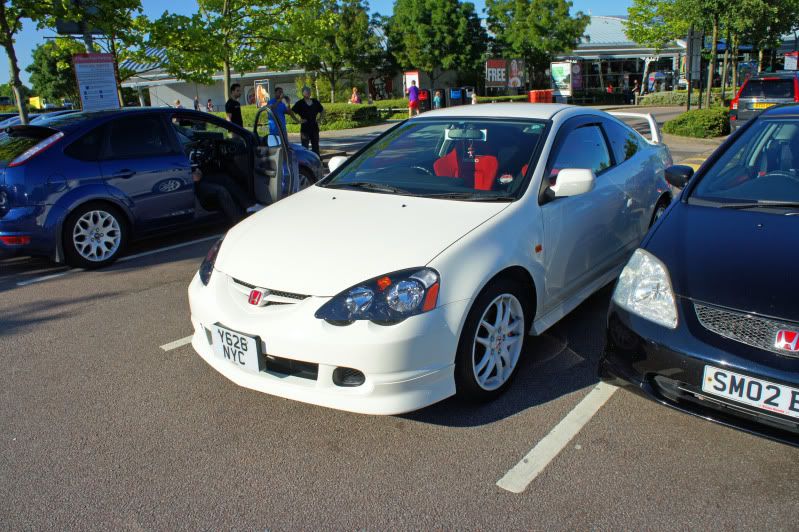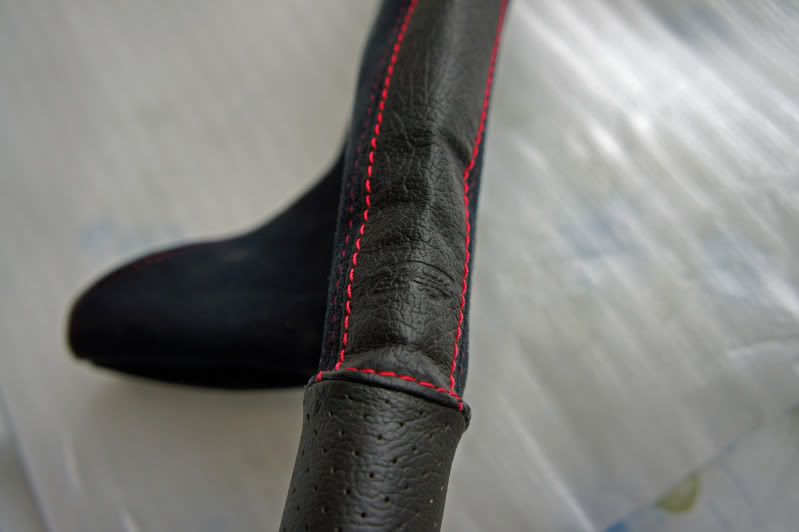Finally after a 6 month wait my Works Bell goodies have arrived! Amazing quality.
Thursday 30 June 2011
Sunday 26 June 2011
South Mimms Part 2
Some of the biggest meets in the UK that's not a formal paid event are the ones at South Mimms service station on the M25.
Today was the second South Mimms meet of the year and was absolutely scorching!
I won't bore you with words, but will instead show you 'some' of the cars that were there.
Today was the second South Mimms meet of the year and was absolutely scorching!
I won't bore you with words, but will instead show you 'some' of the cars that were there.
 |
| Not taken by me but couldn't not put up a picture of a Supercharged S2K with Spoon aero kit! |
Tuesday 14 June 2011
J's Racing SUS304 60RS Exhaust
With exactly the same design as J's 60RS titanium exhaust, this exhaust is made from SUS304 stainless steel.
As per the titanium version, this exhaust is designed for higher horse power and increased throttle response. Diameter of the main pipe is 60mm (hence the name: 60RS), with an emphasis placed on performance at the mid and top end of the rev range.
The 60RS also weighs in at 8.8kg compared to the weight of the OEM exhaust at 13.8kg. A weight reduction of 5kgs!
Finish wise, the back box is polished up with a blue titanium like finish in some areas. I think it's a good idea to seal the back box with some metal sealent, given it's an 'applied' finish.
The exhaust system also comes with a detachable inner silencer, definitely useful for long journeys :)
So why did I choose the stainless steel version over titanium? Two reasons:
As per the titanium version, this exhaust is designed for higher horse power and increased throttle response. Diameter of the main pipe is 60mm (hence the name: 60RS), with an emphasis placed on performance at the mid and top end of the rev range.
The 60RS also weighs in at 8.8kg compared to the weight of the OEM exhaust at 13.8kg. A weight reduction of 5kgs!
Finish wise, the back box is polished up with a blue titanium like finish in some areas. I think it's a good idea to seal the back box with some metal sealent, given it's an 'applied' finish.
The exhaust system also comes with a detachable inner silencer, definitely useful for long journeys :)
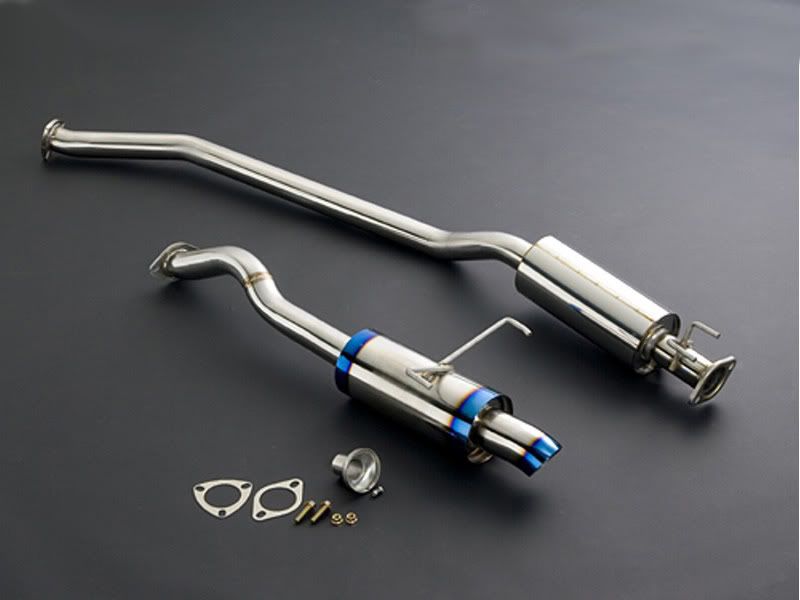 |
| J's Racing SUS304 60RS Exhaust |
So why did I choose the stainless steel version over titanium? Two reasons:
- Durability - Less prone to crack (taking into account thickness also) and stainless steel is much easier to weld than titanium
- Track noise limits - Stainless steel is denser than titanium, additionally the SUS304 version is thicker. The result should be a slightly quieter exhaust with a deeper pitch, which is sometimes perceived to be quieter than exhausts that produce high pitched sounds. This I can confirm and shall be noise testing my exhaust the next time I'm at a track.
J's Racing 4-2 exhaust manifold and 2-1 decat
The J's Racing 4-2 manifold is made of SUS304 stainless steel with a 1.2mm to 1.5mm thickness. It's a beautiful piece of engineering with a number of key design features:
- Reduced weight of 4kg Vs OEM (7.2kg)
- Simliar design to Spoon with an increased bore size and runner length
- The 4-2 has a small strengthening plate welded between the two middle runners
- The 2-1 has a new flexi section
 |
| OEM on left, J's on the right. Notice the strengthening plate welded between the central runners |
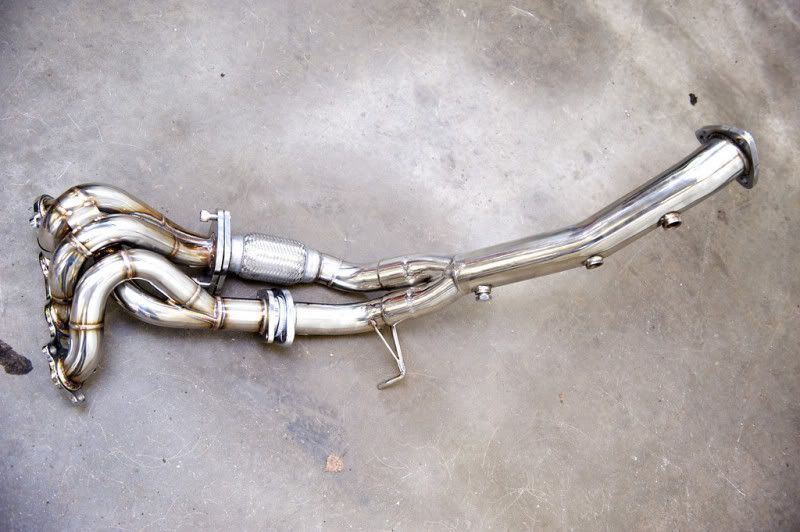 |
| J's 4-2 and 2-1. See new flexi section |
J's Racing Tsuchinoko Intake
Car is back and has some pretty savage acceleration for a 2 litre NA car. However before I go on about this I realised I had skipped over some fairly indepth descriptions on my breathing mods.
To get the ball rolling I'll start with the J's Tsuchinoko intake.
The goal of an air intake is to draw in as much air as possible for the engine. This can be achieved by increasing the air flow to an intake and also increasing the air mass i.e. Air pressure (within a contained space). Therefore it stands to reason that if you have a high flow rate and volume of air, your intake will be good.
The J's intake consists of an airbox, carbon fibre air duct (which doubles as the airbox cover), air intake scoop and a high flow air filter.
The intake scoop sits behind the right side of the front grill.
On a moving car this is an area of high pressure; demonstrated in the below diagram.
The air is channeled through the carbon fibre duct using the ram effect and is held within the air box containing the air filter. It is within this box that air is collected and thus its pressure increased. As such, the design meets the two objectives mentioned earlier of high air flow and high air mass. One additional point to note is the enclosed air box helps keep the air cool. Cold air = high pressure air as it is denser than warm air.
The J's design of implementing this method has resulted in the highest efficiency rating and inflow volume in the market (for an off the shelf product). It is also worth noting that prior to the R&D of creating this intake, they were using the GruppeM, commonly known as one of the most efficient intakes for the DC5.
To get the ball rolling I'll start with the J's Tsuchinoko intake.
The goal of an air intake is to draw in as much air as possible for the engine. This can be achieved by increasing the air flow to an intake and also increasing the air mass i.e. Air pressure (within a contained space). Therefore it stands to reason that if you have a high flow rate and volume of air, your intake will be good.
The J's intake consists of an airbox, carbon fibre air duct (which doubles as the airbox cover), air intake scoop and a high flow air filter.
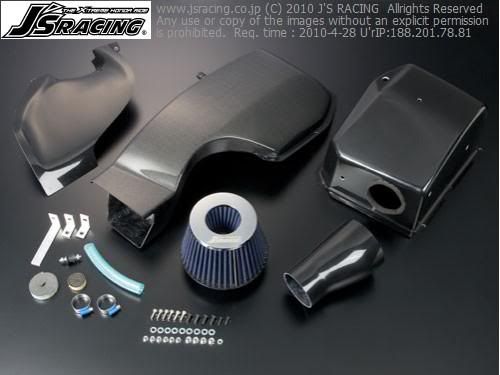 |
| J's Racing Tsuchinoko Air Intake System |
The intake scoop sits behind the right side of the front grill.
On a moving car this is an area of high pressure; demonstrated in the below diagram.
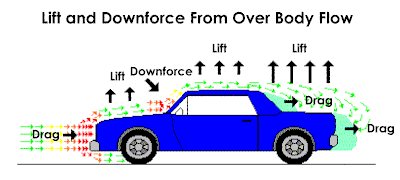 |
| Areas of high and low air pressure on a moving car |
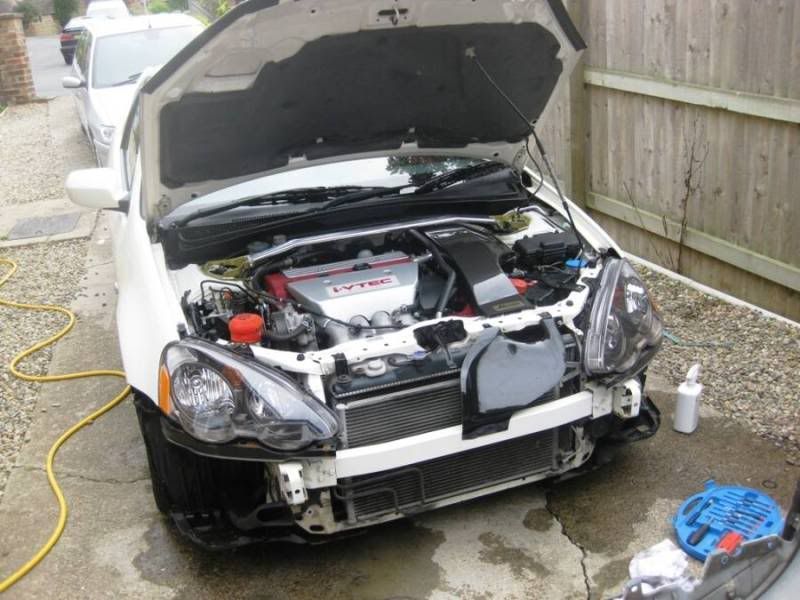 |
| Air intake scoop |
The J's design of implementing this method has resulted in the highest efficiency rating and inflow volume in the market (for an off the shelf product). It is also worth noting that prior to the R&D of creating this intake, they were using the GruppeM, commonly known as one of the most efficient intakes for the DC5.
Tuesday 7 June 2011
Mugen handbrake cover
Not really an exciting update. An opportunity to purchase a Mugen handbrake cover came about so I snapped up this bit of bling.
These have been out of production for quite a while now. They were available in blue stitch and red stitch; the red stitch were sold out long ago but I believe you may still be able to find brand new blue stitch versions.
These were also made specifically for the DC5, although that didn't stop non-DC5 owners making them fit their cars e.g. Like this red stitch one I got from an EP3 owner.
These have been out of production for quite a while now. They were available in blue stitch and red stitch; the red stitch were sold out long ago but I believe you may still be able to find brand new blue stitch versions.
These were also made specifically for the DC5, although that didn't stop non-DC5 owners making them fit their cars e.g. Like this red stitch one I got from an EP3 owner.
Subscribe to:
Posts (Atom)

